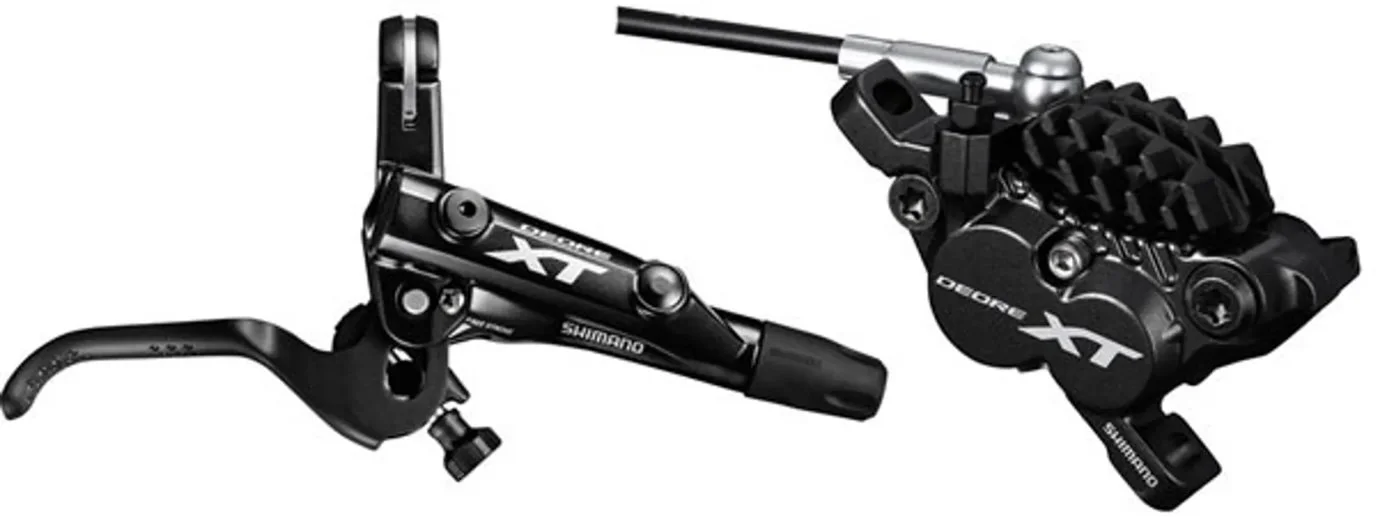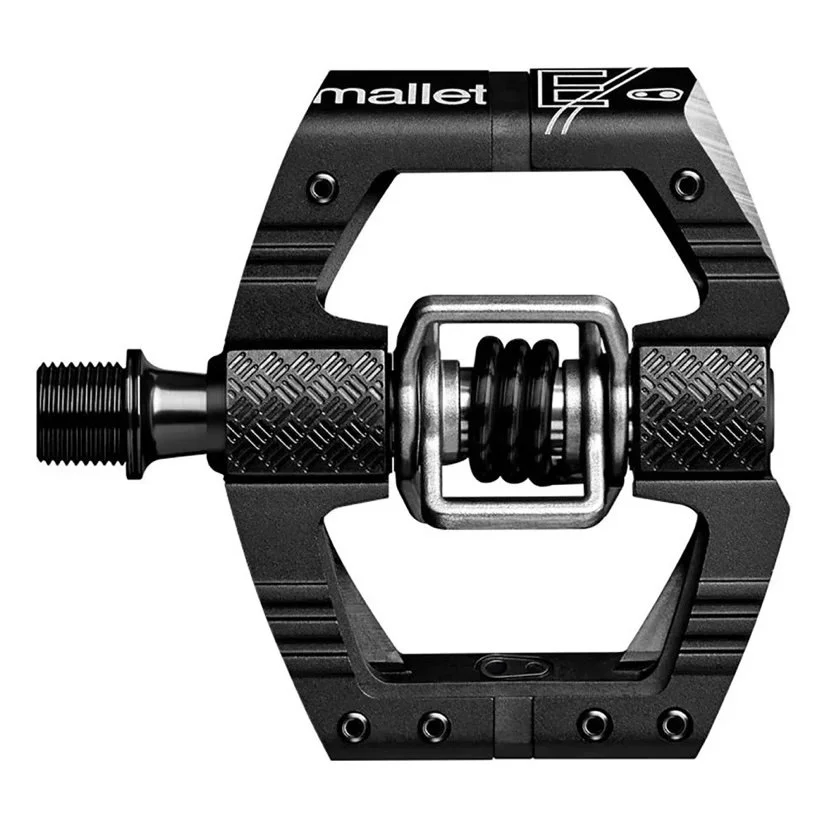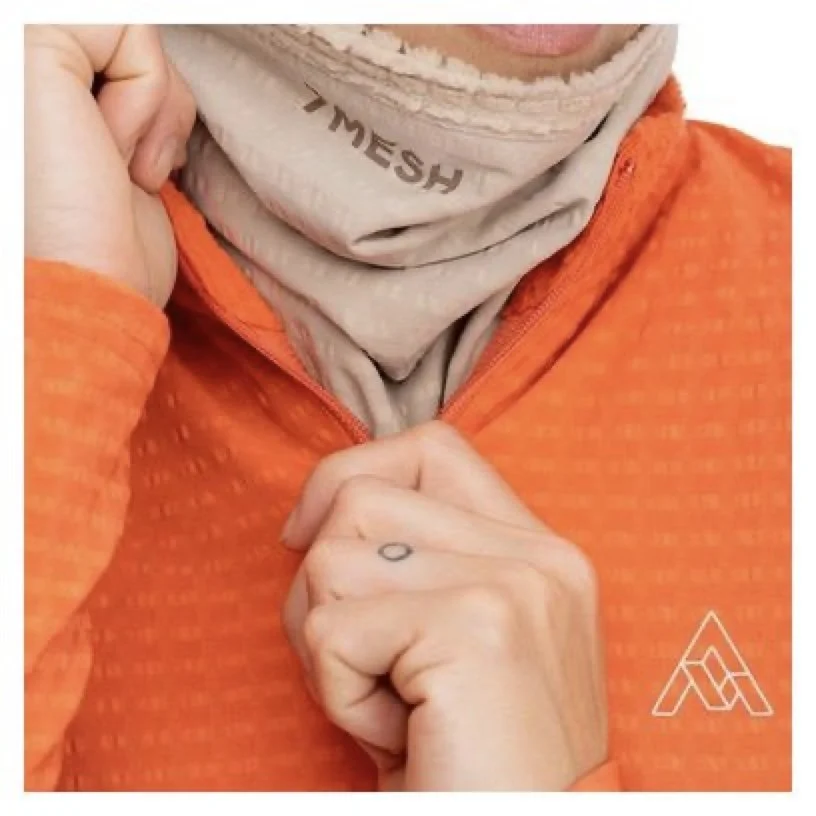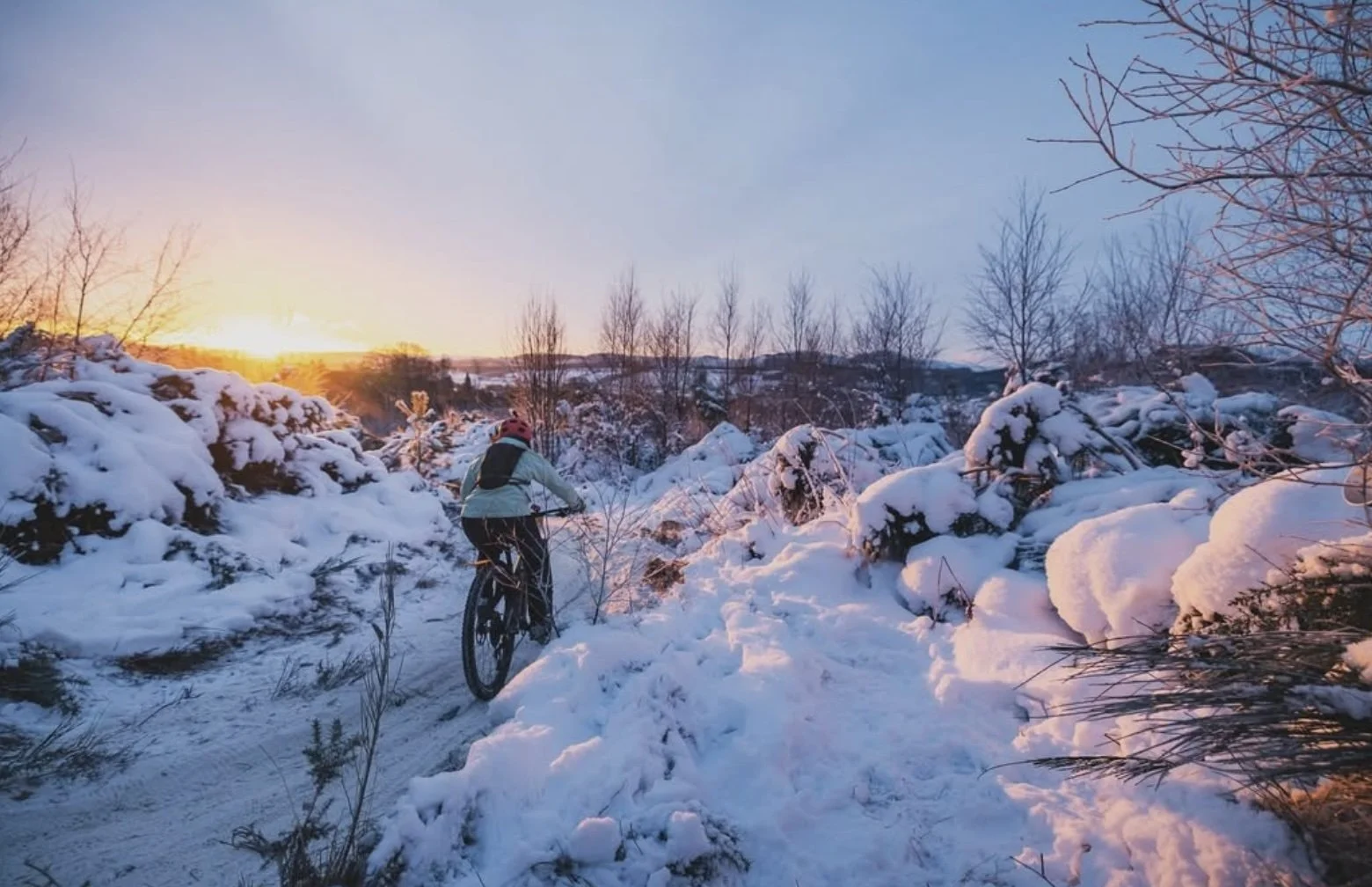Solo Strathpuffer
2025’s Intrepid Hervélo of the Year, Katie Hughes, tells us the best winter kit she tried (and tested!) whilst training for, and riding, The Strathpuffer 24hr Mountain Bike Race.
The feeling of joy dropping into the final descent of my final lap (Photo: FStop Media)
According to ChatGPT, “the Strathpuffer is one of the most iconic mountain bike races in the UK, a 24-hour endurance race held annually in the Scottish Highlands in the dead of winter. Riders ride from 10am to 10am - brave freezing temperatures, snow, mud, and relentless rain, all while navigating a series of technical, rugged trails. Teams or solo riders take on multiple laps of a 7.5-mile course, which features tough climbs, sharp descents, and ever-changing conditions that can turn the course into a mud-filled battle zone. The clock never stops, making it a test of stamina, strategy, and resilience”.
Pretty accurate, thanks AI! The ‘Puffer had been on my bucket list since I first heard about it around 10 years ago (when I didn’t even really know how to ride a mountain bike!) After years of self-doubt and FOMO every time January rolled around, I decided to bite the bullet and enter solo this year. After my fair share of gruelling training rides in various shades of weather warning and eventually racing in deep snow, ice, an average temperature of -6c and #17hoursofdarkness - here is the bike kit, clothing and food that got me through!
Bike Mechanical Kit
Gearing
A 30T front chain ring
My top tip for anyone considering doing a solo ‘Puffer is to learn how to climb a fire road in Zone 2/3 (ie. the level of exertion where you could still pretty much talk in full sentences). Given that each 7.5mile lap has around 1,000ft of climbing in it, keeping your heart rate chill requires you to ride comically slow in the smallest gear possible! Dropping to a 30T front chain ring meant my smallest gear was 30 x 50 which was nice and spinny. There were a few steep ramps on the course (made all the slippier in the deep snow/ice) that I intentionally walked every lap to avoid pushing my heart rate too high – a great tip from my pal Colin who won (single speed!) in 2024 – despite this life choice he does appear to have a pretty well-functioning brain.
Brakes
Shimano M8020 XT brakes
I personally think that upgrading your brakes is one of the best investments you can make in improving your mountain biking experience. Shimano XT brakes are ‘4 pot’ – meaning they have twice as many pistons as a typical cross-country MTB brake would have. This gives you significantly more braking power and control. This gave my bike handling confidence such a boost and meant I could definitively come ‘off’ the brakes rather than dragging them all the way down steep descents and knackering my hands/forearms/brake pads!
Mudguards
A Mudhugger MK2 Mudguard
Does it look cool? Absolutely not? Will your bum / whole lower half be dry and happy? Absolutely yes. A gamechanger!
Pedals
Crankbrothers pedals
These were brilliant as they did not get clogged up with snow/ice/mud. Vital given some of the aforementioned walking. Not being able to get clipped in at 3am could be truly meltdown-inducing.
Lights
Exposure lights
As one of the ‘Puffer’s main sponsors they need no introduction! I used a Toro (ie. ‘The Coke Can’) on my handlebars and Joystick on my helmet. An amazing investment. You can read more about what lights Hervelo members use here: https://www.hervelo.co.uk/news/its-that-time-of-year
Take Two Bikes
I fully appreciate this is not a privilege that not everyone has but having a backup steed to ride when your dropper cable freezes/you need new brake pads/some other inexplicable mechanical disaster happens could save your race from being cut short prematurely! Something always goes wrong with your bike(s) at the ‘Puffer. I primarily rode a Yeti SB110, I think a short-travel full suss is ideal.
What about ice spiker tyres?
In the days running up to the race, the Stathpuffer Forum became awash with anxious ice spiker tyre chat. These are tyres with metal spikes embedded in the tread to provide extra traction on ice and snow. Lots of folk said you’d be ‘crazy’ to ride without them given the forecast of snow and ice. Personally, I had no way of getting some in time so accepted my fate of slipping about with a Nobby Nic on the front and a Barzo on the back. This combo worked well for me in training, fast rolling enough but with a bit more grip at the front. Would’ve ice spikers made a difference? Who knows. No one at the pointy end of the race had them on so ultimately I think being a good mountain biker is the secret (sadly). If Brian’s photo below is anything to go by, I am also not convinced anyone had spikes left in their tyres by the end anyway!
Thanks for the clear-up Brian!
Clothing
Universal Colours Thermal Baselayer
My absolute favourite baselayer. So warm (but somehow so breathable), magically repels water, very versatile for all outdoor activities, washes well. A*
(Seton Jersey and Chilco Neck Warmer – fluffy waffle magic!!)
7Mesh: Seton Jersey, waterproof Revo Shorts, Chilco Neck Warmer, Skypilot Jacket
I have developed an unfortunate affliction of loving Sḵwx̱wú7mesh Úxwumixw-based 7Mesh kit. Wait for the sales and the prices become slightly less eye-watering. However, the quality and functionality of everything I’ve tried from them has made the cost-per-wear well worth it. The Seton Jersey especially, made from their magical waffle material, is hands-down the best long-sleeve jersey I have ever worn.
Shimano MW702 boots
In winter I used to dutifully accept my fate of having cold, numb feet on every bike ride. That became a distant memory after I invested in a proper pair of winter boots. During the race I wore x2 pairs of socks (1 Sealskinz, 1 thick Albion winter pair) and shoved a handwarmer on top of my foot and was toasty all the way round.
Montane liner gloves + ski gloves
My glove combo of choice was a simple synthetic Montane liner + my pal Eleanor’s old ski gloves that have a pocket on the back of the palm for a hand warmer (see photo above). They kept me toasty and still felt like I had plenty of grip and brake lever control.
Food & Drink
Evoc Insulated Hydration Bladder
One of my biggest fears for the race was my hydration bladder hose freezing. A neoprene hose cover and topping up my bladder with warm water meant that was never a problem thankfully! Luckily our (blue) butane gas worked fine all night but I know others did have problems in the cold – red propane would’ve been a safer choice.
Linda McCartney sausages
I did consider keeping track of how many I ate during training but soon lost count. Normally in a bagel with houmous and sriracha. My all-time classic long ride DIY snack. Thanks Linda x
The best ‘nutrition strategy’ advice I got was from Annie’s (@a_girl_outside) winter riding tips on their Instagram page. Basically, you just have to be bothered to eat enough. It’s really tough to shove things down when you’re tired and don’t feel hungry but it was just another thing to practice during training. I stuck to carb-heavy ‘real food’ (no gels) like bagels/sandwiches, pasta, Shin Cup noodles, sausage rolls but also plenty of fibre (apples and bananas) and fat/protein (avocado, tempeh, tofu). Some decadent sweet treats that I normally couldn’t logistically take on training rides like Biscoff Spread straight out the jar and sesame halva were lovely to look forward to. I used caffeine judiciously and had a coffee / tea every lap after about midnight. And really this is where the final piece of kit becomes truly invaluable…..
YOUR PIT CREW
It might be a ‘solo’ on paper but there is no way you can do it alone. My pit crew was made up of two ‘Puffer veterans who between them had:
excellent bike mechanic skills (my partner Bob installed a whole new dropper cable when mine froze in -13c temperatures, legendary),
just enough tough love to give me a hot drink / snack but promptly shove me back out of the van (thanks Compass Campers!),
remained organised (quite hard to keep the kettle boiled for 24hr!), calm and good natured all night long.
It’s worth having a discussion with them beforehand about what they should do if you really, really want to quit (don’t let you!) and brainstorming various disaster scenarios. I couldn’t thank them enough for getting me through.
I also had a coaching plan from Jon Fearne at E3 Coaching which was invaluable at getting my mind and body ready for the event.
(Getting a push from Colin heading into my first lap in the dark – I hope that won’t get me DQ’d….)
All in all my race experience was brilliant – after experiencing the famous ‘Puffer atmosphere and camaraderie first hand I totally understand why people keep coming back year after year! Of course there were low moments (a few crashes on my first dark lap really knocked my confidence and made me want to throw in the towel) but once I surrendered to the simplicity of just maintaining forward motion by any means possible it almost became easy! Although the snowy conditions made the riding slow, cognitively demanding and difficult, it also meant me and the bike stayed clean and dry (and therefore warm!) and had a ‘classic’ snowy ‘Puffer experience. The sunrise on the Sunday morning was spectacular and something I’ll remember forever. Don’t let this one fester on your bucket list for as long as it did on mine – go for it!!!
Photo: FStop Media















